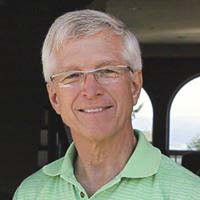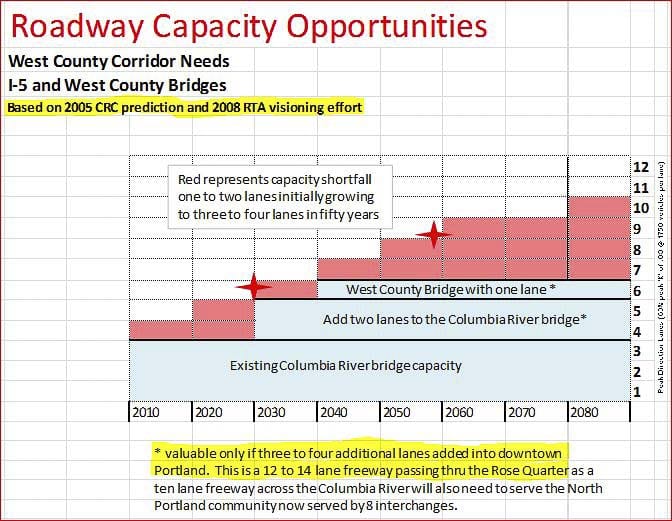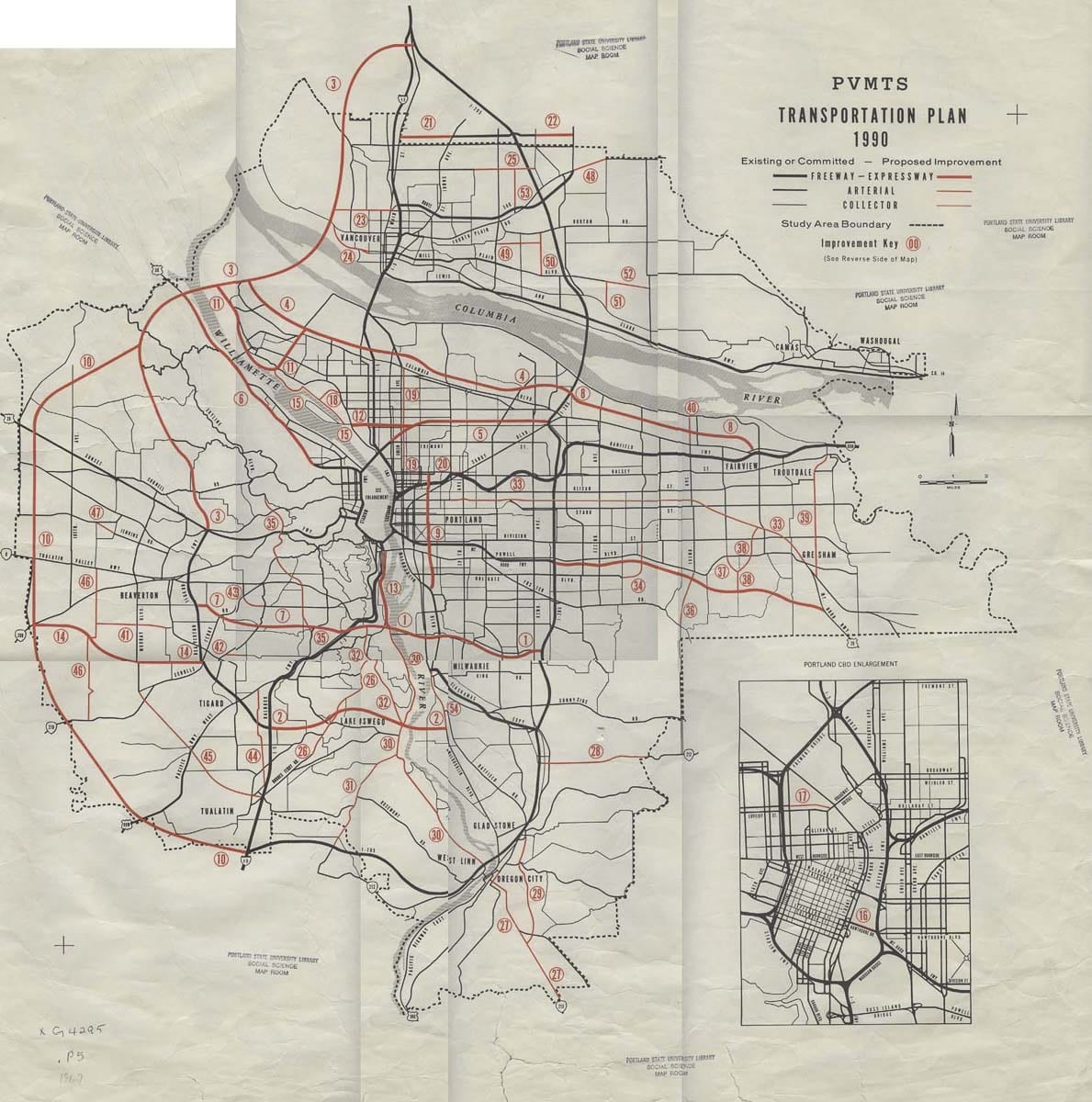Oregon needs to respond to the transportation needs of Southwest Washington residents
John Ley
Camas resident
At the Southwest Washington Regional Transportation Council (RTC) June board meeting, citizens were told that it would take 40 years to plan for and build a third bridge and new transportation corridor. The following is a history showing it has been over 40 years since an actual plan was in place to build a third bridge and corridor.

Sen. Ann Rivers and 18th District representatives held three town hall events recently. In Camas, the first comment was about our huge traffic congestion problems. Why can’t we fix them? For the next 30-plus minutes, people begged for solutions. They want more crossings and vehicle capacity. A tunnel under the river and more bridges were discussed.
Yet our RTC refuses to plan new transportation corridors with third and fourth bridges across the Columbia River. The power players in Oregon only want tolling and mass transit – specifically extending light rail into Vancouver. The RTC appears to be a rubber stamp for what Oregon wants.
Here are the realities. The Portland Metro area has the 10th worst traffic congestion in the nation, due to their refusal to add new vehicle lanes and build new transportation corridors. Regional population has doubled since I-205 opened in December 1982, our last “investment” in new freeway capacity.
Last fall, PEMCO published a survey – 94 percent of Northwest citizens prefer their privately owned vehicles. Washington County is gridlocked, according to Commissioner Roy Rogers. An April Oregon Transportation Commission survey found 51 percent of citizens want to “expand and improve interstates and interstate bridges;” another 14 percent want expanded arterials.
A January 2019 Metro poll showed the number one priority was roads and highways. They reported 31 percent of citizens want “widening roads and highways” as their top priority. The Portland Tribune summarized: “On its own, improving public transit is a lower priority than making road improvements and the more overarching goal of easing traffic — voters still overwhelmingly rely on driving alone to get around,” reads the poll’s conclusions.
The Rose Quarter is the only two-lane section of I-5 in an urban area for its entire length from Canada to Mexico. I-5 in Olympia has four lanes in each direction. Currently, Oregon will spend $500 million transportation dollars at the Rose Quarter, but add zero new through lanes. That’s the No. 1 bottleneck in Oregon. The Oregon Department of Transportation (ODOT) reports, “the auxiliary lanes will not provide long-term capacity relief to congestion problems.”
We know the failed Columbia River Crossing (CRC) replacement bridge offered only a one-minute improvement in the morning, southbound commute. Replacing the Interstate Bridge will offer minimal improvement in congestion relief unless Oregon significantly widens I-5 at the Rose Quarter.
Transportation architect Kevin Peterson scrutinized CRC traffic data. He reported an Interstate Bridge would need six lanes in each direction by 2030 and nine lanes by 2060. But that would only solve traffic congestion problems “if three to four additional lanes were added into downtown Portland” (the Rose Quarter).

Additional Rose Quarter through lanes are not proposed, nor under discussion.
We need more bridges and new transportation corridors. Eleven years ago, our RTC identified the need for two new bridges and transportation corridors; one west of I-5 and one east of I-205. Nothing has been done to move forward on the needs identified in their 2008 Visioning Study.
Oregon Representative Rich Vial proposed two options for a western bypass in 2017, because Washington County is gridlocked. Why won’t our RTC plan for future transportation corridors and bridge crossings? They only show an undescribed $3.3 billion I-5 replacement project in their 20-year plan. What has the RTC done to move towards fulfilling the transportation needs the “Visioning Study” identified 11 years ago?
An area forensic accountant scrutinized the CRC costs and spending data and reported the replacement bridge would cost $791 million. That’s only 22 percent of the $3.5 billion price tag. We don’t need another $3-$4 billion pork-barrel laden boondoggle.
Common sense says that “if” Portland does not want to add new through lanes to I-5 in the downtown area, especially at the Rose Quarter, then we should build bypasses, allowing cars and trucks to go around the real I-5 bottleneck.
Washington County is begging for a westside transportation corridor. The mayors of Troutdale, Fairview and Wood Village signed a letter seeking an eastside bridge connecting SR-14 with I-84. Figg Engineering offered a “fixed price” east county bridge for $800 million connecting Camas with Troutdale.
The original 1970s transportation plan was to build a “ring road” around downtown Portland. We built the eastern half of the “ring,” I-205. Sadly, politicians killed the western bypass. It’s been 40 years – we need to finish what was started in the 1970s.

Finally, Oregon wants to pick Southwest Washington residents’ pockets with their outrageous tolling scheme, where they will add no new freeway capacity. As a transportation funding mechanism, it’s horrible. On Seattle’s I-405, fully 43 percent of toll revenues go to collection costs. The gas tax has less than a 1 percent collection cost.
Portland has a dozen bridges across the Willamette River. We need more than two ways to cross the Columbia River. We need Oregon to respond to the transportation needs of Southwest Washington residents.
John Ley is a Camas resident who is an advocate for responsive and responsible government.




